Big cats are among the most fascinating creatures on Earth, captivating our imagination with their beauty, strength, and adaptability. Whether it’s the lions in the African savannah or the snow leopards in the Himalayas, these majestic animals display remarkable adaptations to seasonal changes in their environment. Understanding how big cats cope with these fluctuations not only sheds light on their survival strategies but also underscores the importance of preserving their natural habitats.
Understanding Seasonal Changes
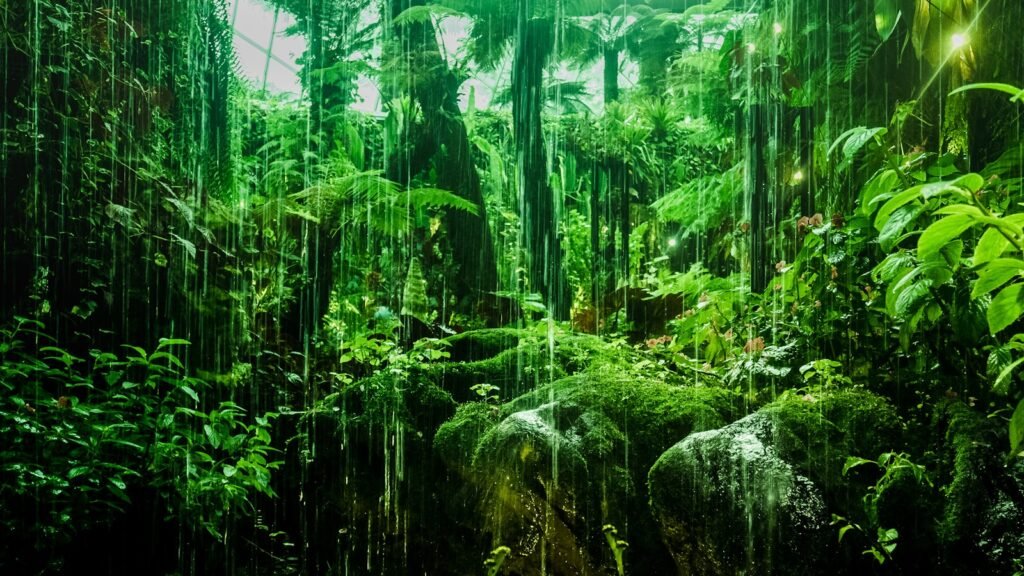
Seasonal changes refer to variations in the environment due to alterations in weather patterns, temperature, and resource availability throughout the year. These changes can significantly impact the flora and fauna, influencing the behavior and survival strategies of big cats living in different regions.
Environmental Impact on Big Cats
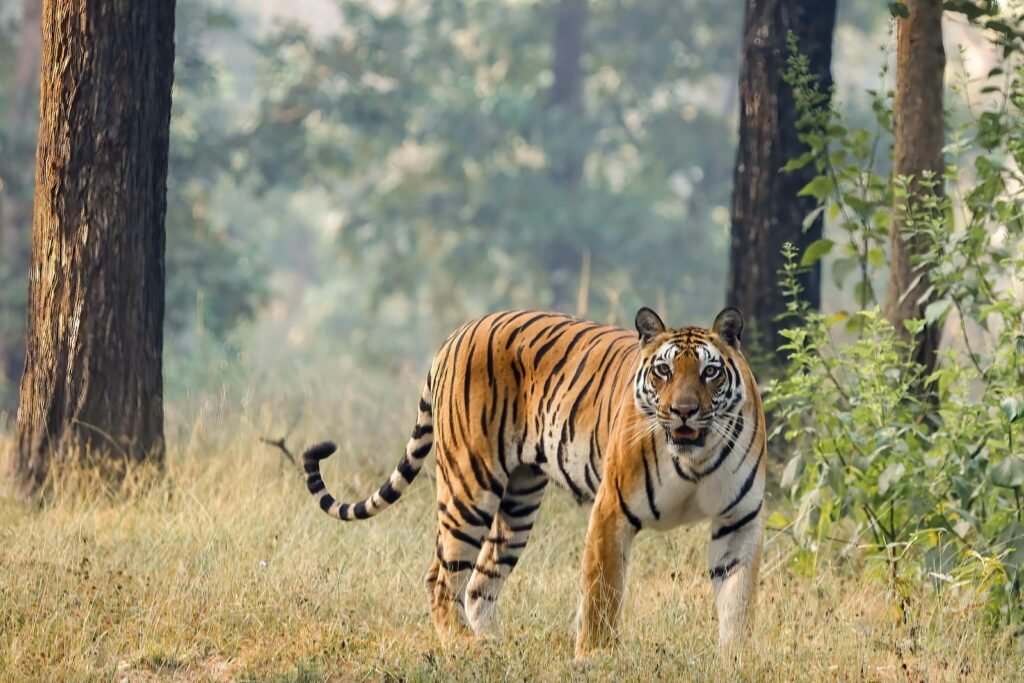
Big cats inhabit a range of environments, from dense tropical forests to arid deserts, each facing unique seasonal challenges. These changes can affect the availability of prey, water sources, and even shelter, prompting big cats to adapt their hunting techniques, diet, and territory use accordingly.
Hunting Techniques and Prey Adaptability
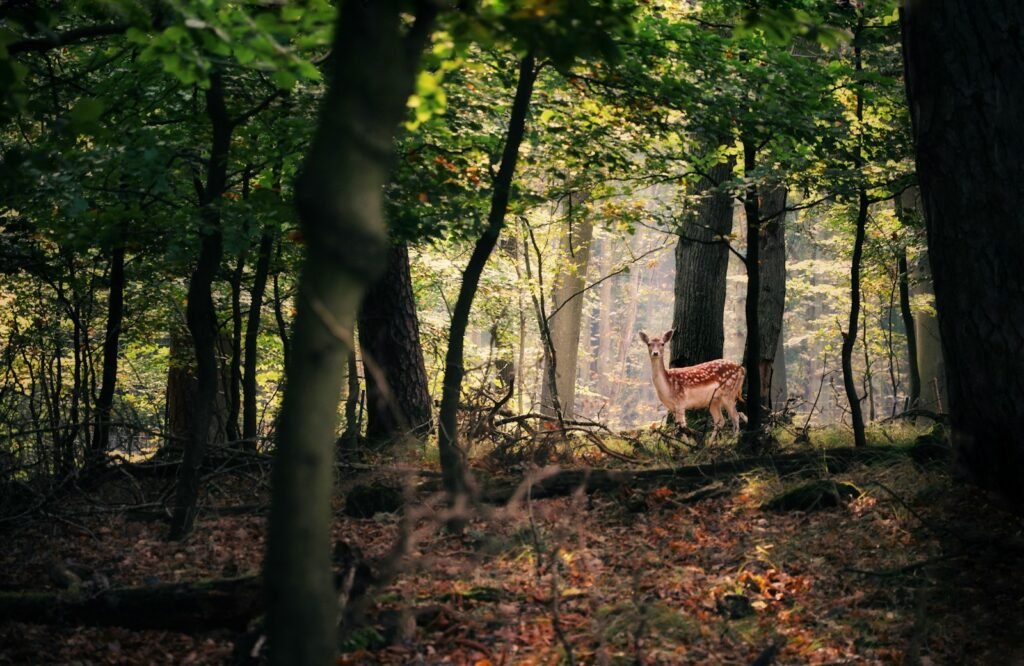
As seasons change, prey availability can fluctuate, necessitating adjustments in hunting strategies for big cats. For instance, during dry seasons, prey can become scarce, requiring cats like lions and leopards to expand their hunting grounds. Conversely, some prey species might migrate or change their behavior with seasons, demanding big cats to adapt their tactics rapidly to continue their successful hunts.
Mobility and Territory Adjustments
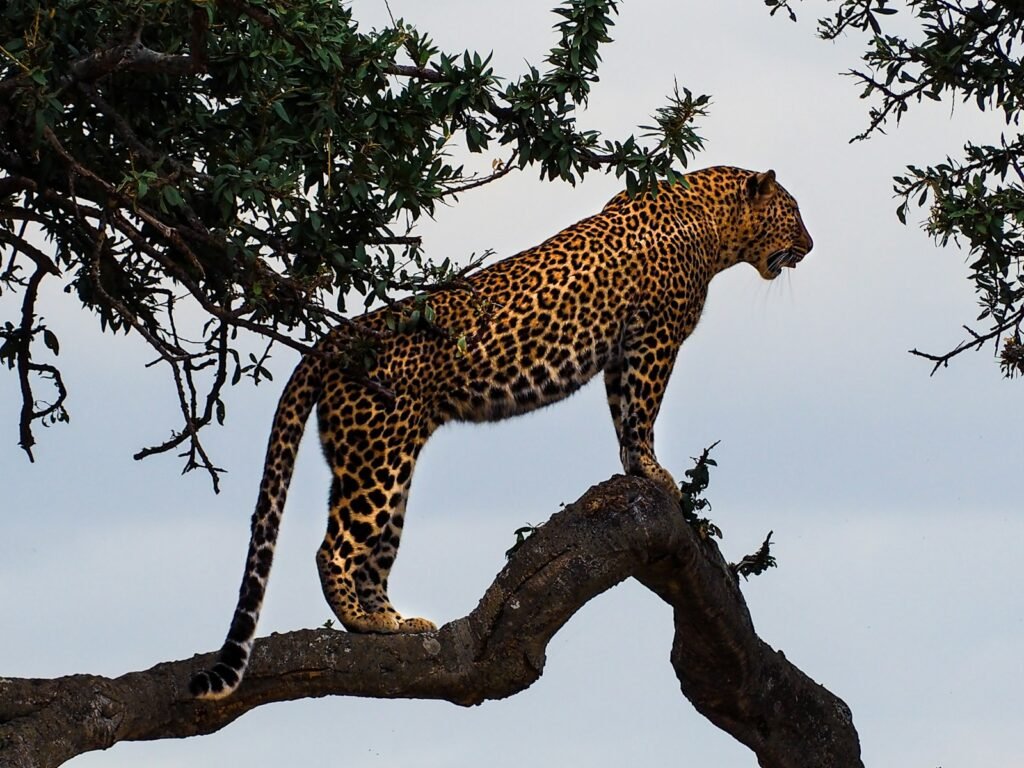
Big cats are territorial animals, but seasonal changes may necessitate shifts in territory size or location. During periods of food scarcity, cats like tigers and cougars might expand their territorial range to cover more ground to find sufficient prey. In contrast, during seasons where resources are plentiful, territories might shrink to minimize energy expenditure.
Coat Changes and Physical Adaptations
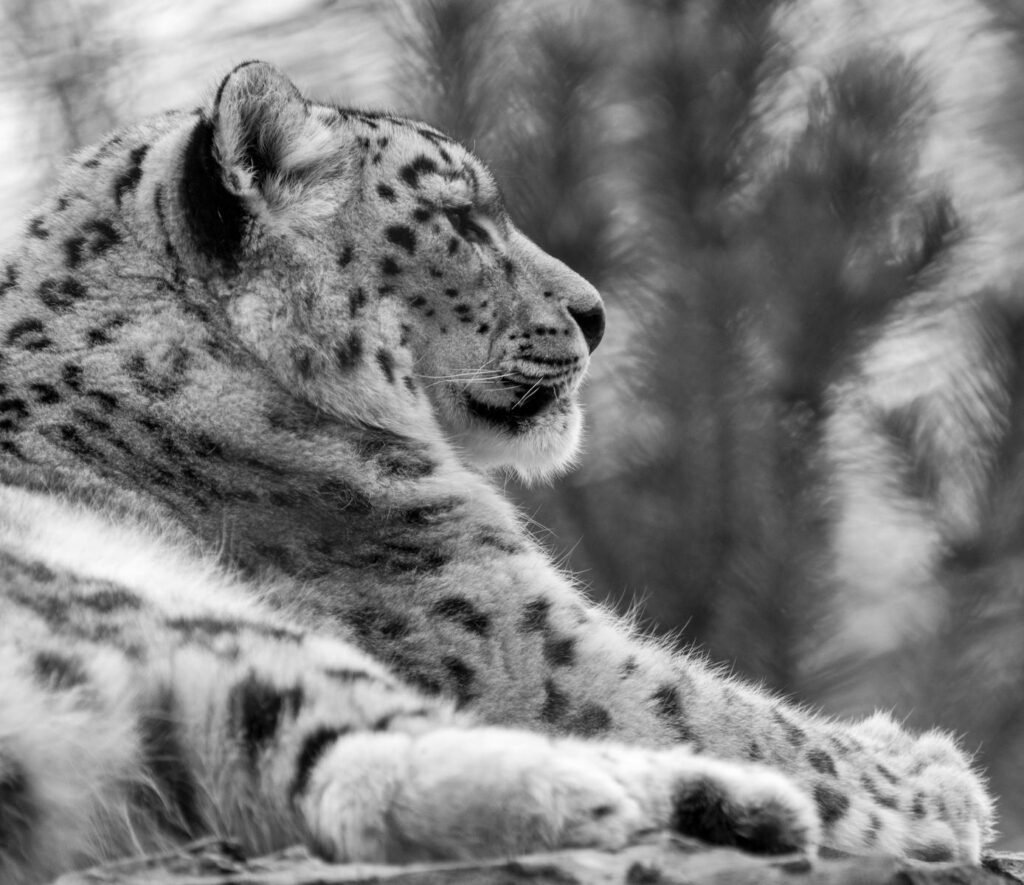
Many big cats exhibit physical adaptations to cope with seasonal changes, particularly regarding their coats. For example, snow leopards and lynxes grow thicker fur in anticipation of harsh winters, providing necessary insulation against freezing temperatures. Conversely, some species may shed their thick winter coats to prevent overheating during the warmer months.
Water Conservation and Heat Management
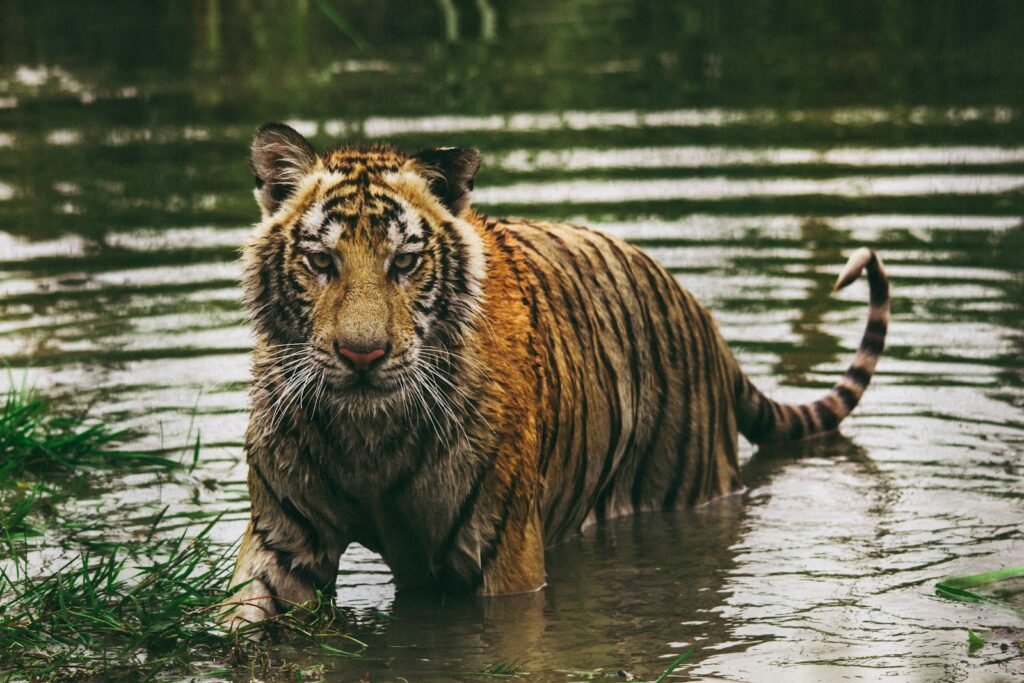
In regions where seasonal changes bring about extreme heat or water scarcity, adaptation strategies regarding hydration are vital. Big cats like cheetahs and lions have adapted to survive with minimal water intake, often deriving moisture from their prey. Additionally, behavioral adaptations like resting in shaded areas during peak heat help in temperature regulation.
Migratory Behavior and Habitat Use
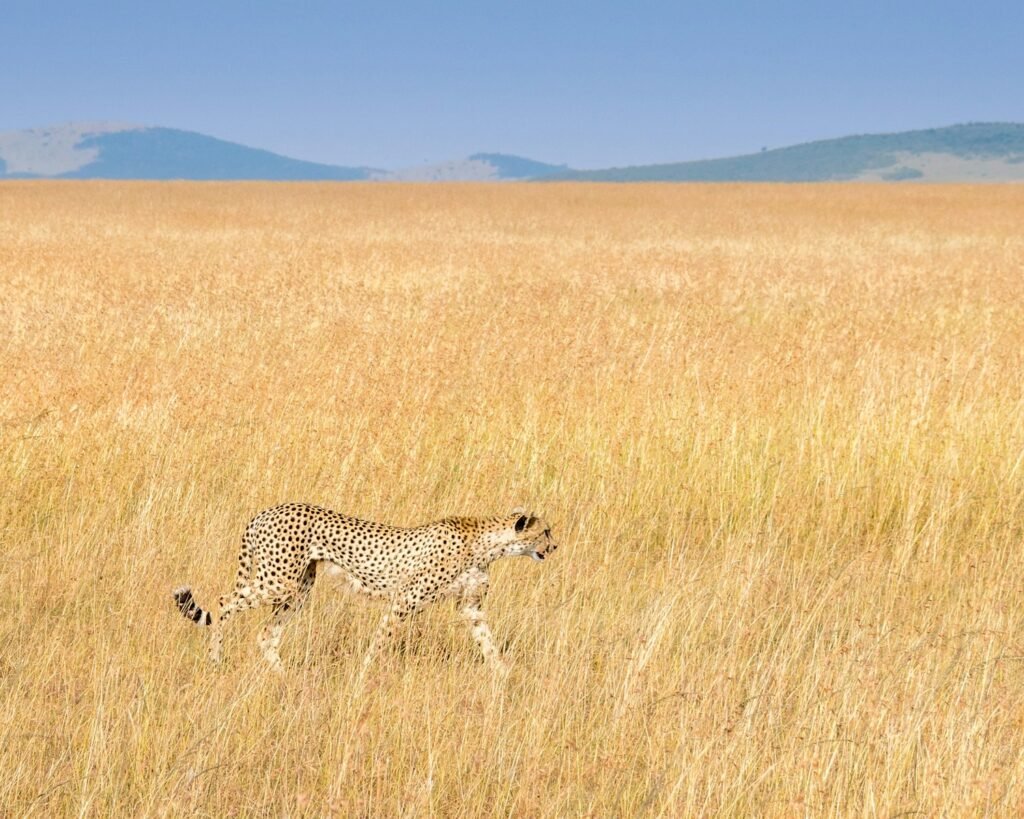
Some big cats might exhibit migratory behavior in response to seasonal changes. For instance, some leopard populations follow their prey to higher altitudes during summer months. Adaptations in habitat use, such as seeking cooler altitudes or denser forest cover, are essential for coping with significant environmental changes.
Reproduction and Seasonal Timing
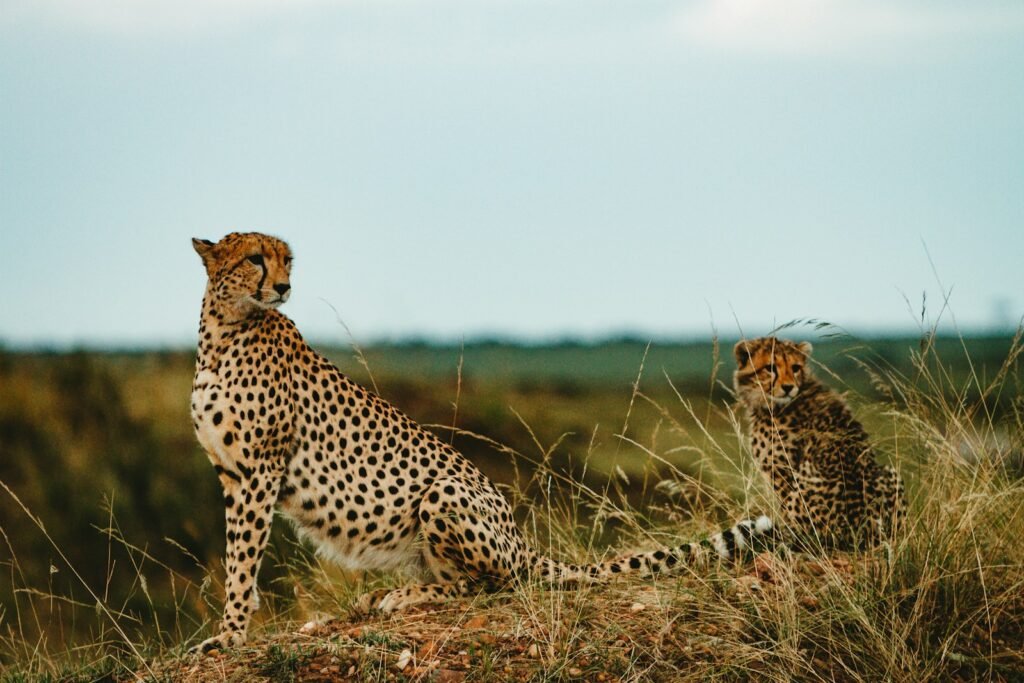
Reproductive strategies in big cats can also be influenced by seasonal changes. The timing of births may be synchronized with seasons where food availability is at its peak, ensuring that mothers have sufficient resources to rear their young. For example, lions often time their breeding to coincide with abundance in prey, ensuring cubs are born when survival odds are highest.
Interactions with Other Species
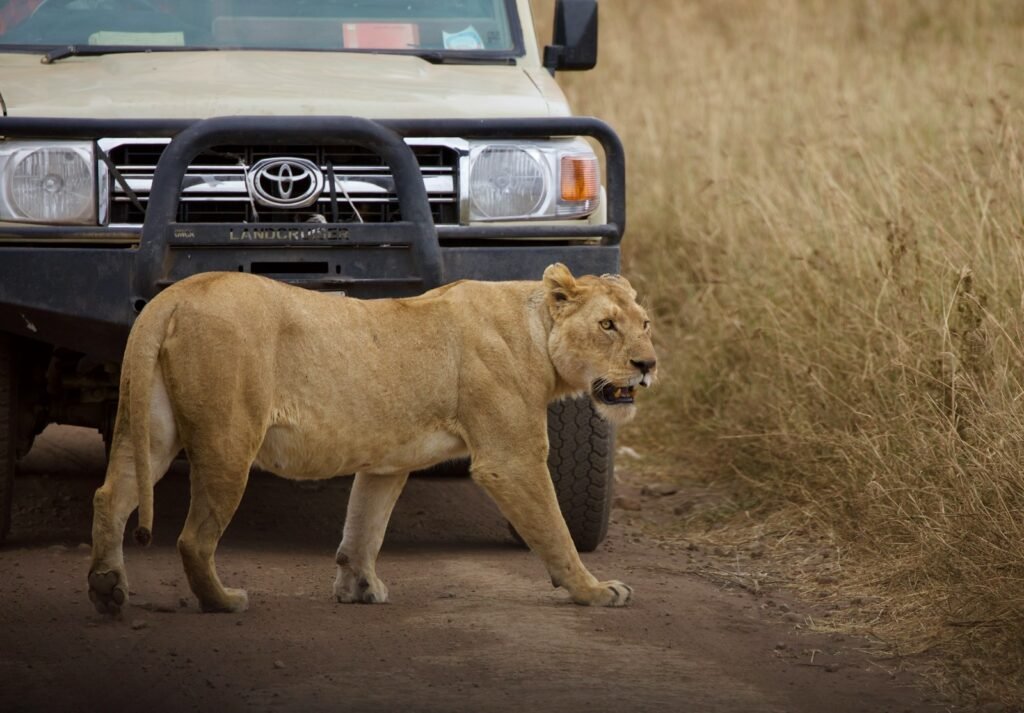
Seasonal changes can also affect big cats’ interactions with other species, both competitors, and potential threats. Changes in prey availability can intensify competition among predators, affecting their dynamics. Additionally, human-wildlife conflict may intensify during certain seasons when cats venture closer to human settlements in search of food.
Conservation Implications
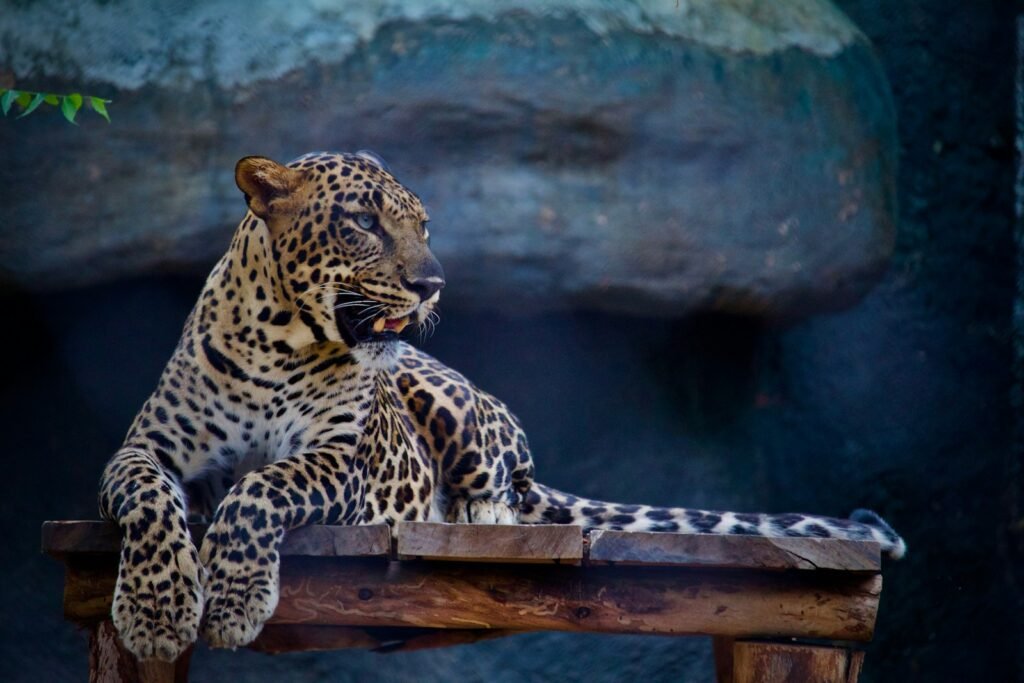
Understanding how big cats adapt to seasonal changes is crucial for their conservation. Human-induced climate change alters traditional seasonal patterns, posing significant challenges for these animals. Conservation efforts need a holistic approach that takes into account these seasonal adaptations, ensuring that big cats continue to thrive in their natural habitats despite increasing environmental pressures.
Conclusion

The adaptability of big cats to seasonal changes highlights their resilience and the complex interplay between environmental factors and biological responses. By exploring these adaptive behaviors, we gain valuable insights into the survival strategies of these magnificent creatures. Conservation efforts must prioritize preserving the natural habitats that allow big cats to continue adapting and thriving, while also taking into account the broader environmental changes brought about by human activity.

Suhail Ahmed is a passionate digital professional and nature enthusiast with over 8 years of experience in content strategy, SEO, web development, and digital operations. Alongside his freelance journey, Suhail actively contributes to nature and wildlife platforms like Feline Fam, where he channels his curiosity for the Feline into engaging, educational storytelling.
With a strong background in managing digital ecosystems — from ecommerce stores and WordPress websites to social media and automation — Suhail merges technical precision with creative insight. His content reflects a rare balance: SEO-friendly yet deeply human, data-informed yet emotionally resonant.
Driven by a love for discovery and storytelling, Suhail believes in using digital platforms to amplify causes that matter — especially those protecting Earth’s biodiversity and inspiring sustainable living. Whether he’s managing online projects or crafting wildlife content, his goal remains the same: to inform, inspire, and leave a positive digital footprint.






